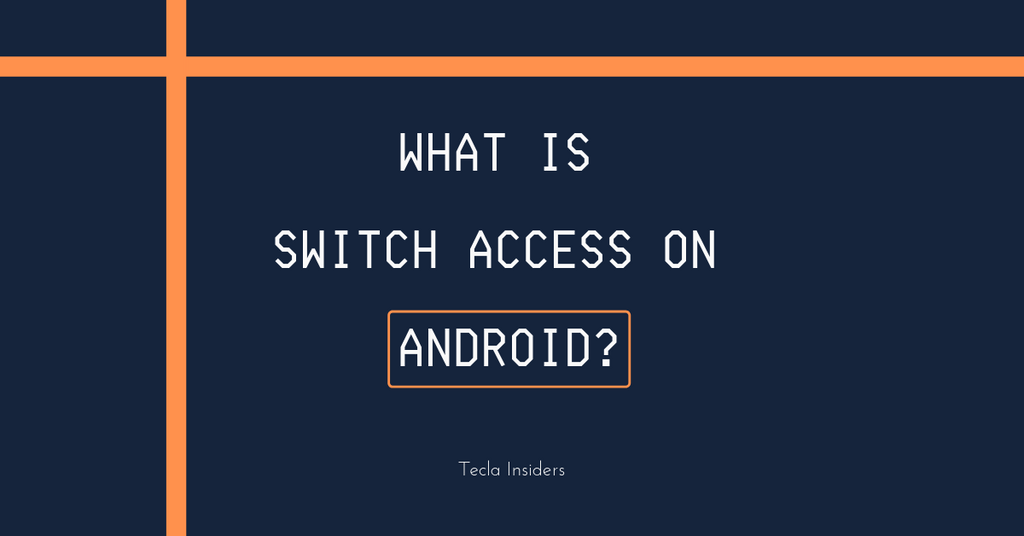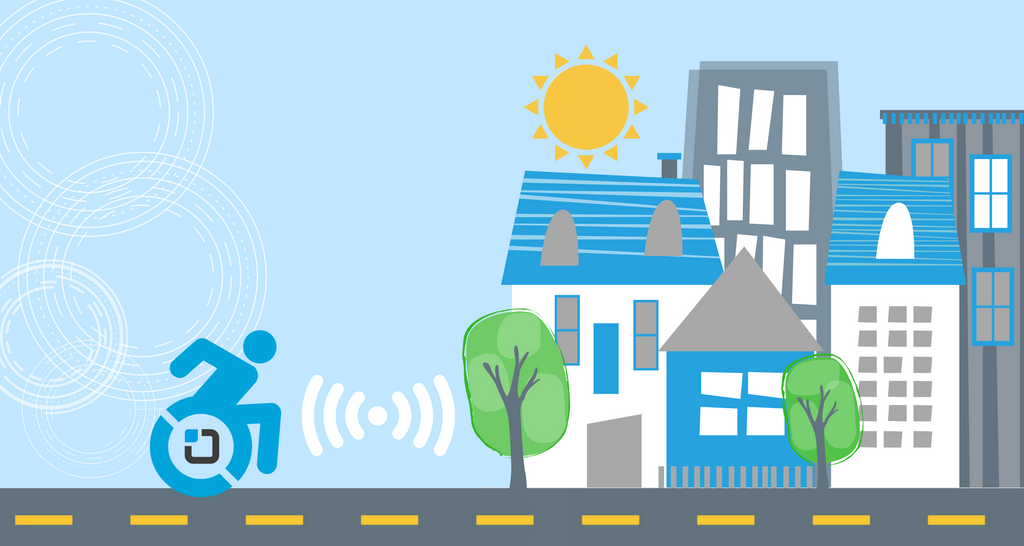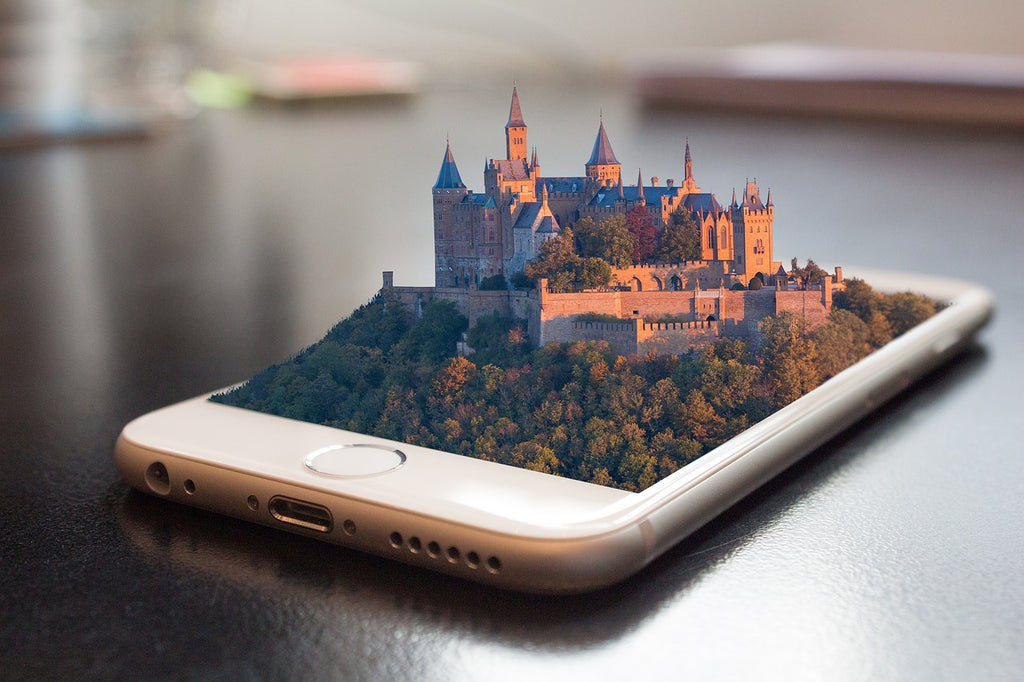 Carolyn has access to a smartphone at all times, being able to call, text or search for the closest coffee shop using her wheelchair driving control and tecla-e. Sign up for Bell's special offer here (Canadians only). TORONTO, Tuesday,...
Carolyn has access to a smartphone at all times, being able to call, text or search for the closest coffee shop using her wheelchair driving control and tecla-e. Sign up for Bell's special offer here (Canadians only). TORONTO, Tuesday,...
Tecla News
Posts tagged "smartphone"




